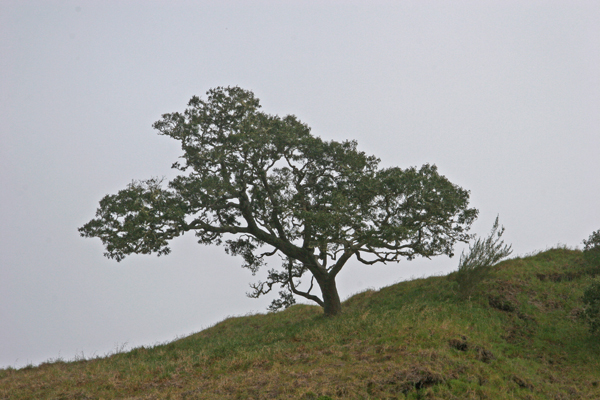
We started the morning off with a run up the road to the Kapoho tidal pools for a little snorkeling. H was a little concerned about the snorkeling given that she had never been swimming in the ocean before so I figured that the Kapoho tidal pools would make a perfect first destination as they are an extensive group of protected tidal pools. They were bigger than I expected with a lot more area to explore than your typical tidal flat, but are ideal for novice snorkelers which was perfect for H. Of course the further out you went towards the ocean gave you cooler, fresher ocean water that was a bit more diverse and had larger fish in them with one pool connecting directly with the ocean. In a bit of a surprise, the furthest out tidal pool had a sea turtle in it that swam around us in large lazy circles, examining us while we stared wide eyed at it.
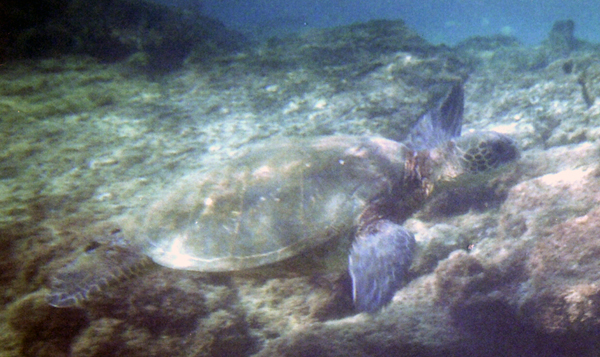
A quick run back to our lodging for a clean up and drive through rainy Hilo to grab lunch put us on up to the Saddle Road to visit the telescopes on Mauna Kea. The climb up from sea level was impressive as we started driving through the clouds on up the road separating the island. The Saddle Road is a road originally built by the Army during WWII to facilitate the movement on the island without having to drive all the way around and passes through some amazing country peaking at about 6500 feet in-between the volcanoes of Mauna Loa and Mauna Kea.
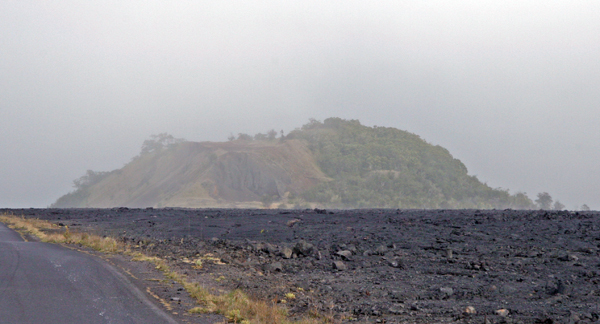
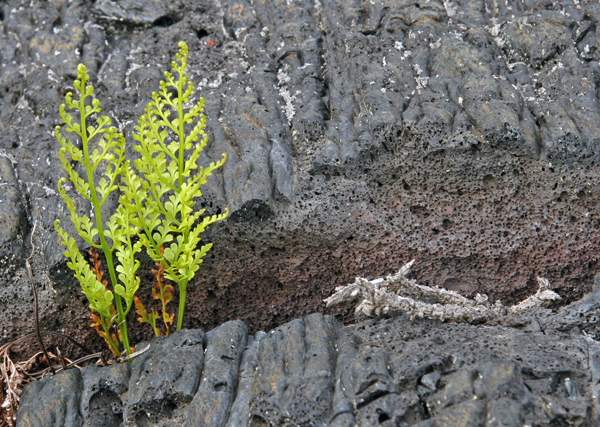
It should also be noted that this road does bisect a military training grounds as well as evidenced by this sign below. It’s always a bit disconcerting to see a sign like that regardless of where you might be, but it was surprising to see it in the middle of the big island. We did not hear any artillery, but getting out of the car for a hike did let us hear the bu bu bu bu bup of a 25mm cannon somewhere in the valley.
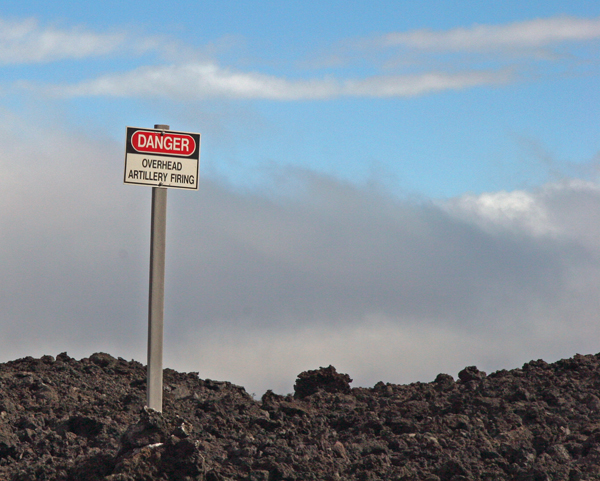
We stopped at the Onizuka Visitors Center (Horrible website but informative) to acclimate to the altitude for a half an hour and learn about the mountain and telescopes. This really was not as big of an issue for us as it is for others as we are in pretty good shape and live around 5000 feet at home. At any rate, there is a wonderful program at the Onizuka Visitors Center for people to come up the mountain and explore the heavens with a number of telescopes made available to them. They are not the big ones on top of the mountain, but they are fairly impressive from an amateur’s perspective.
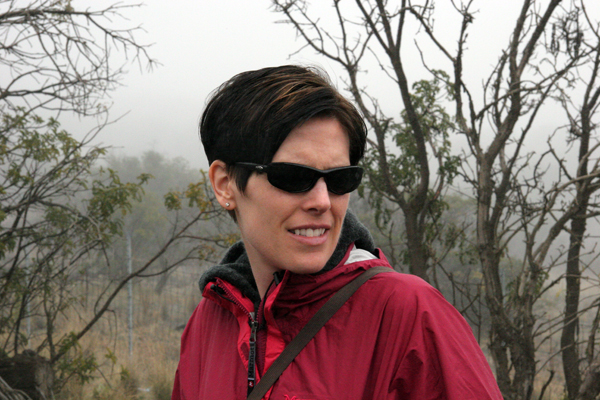
I should mention that to make the trip, we had to have a 4WD vehicle with a low range to keep you from burning out the brakes on the way down. We rented a Chevy Trailblazer and i have to say, I was not impressed with it’s off road performance. On the road and in heavy rains it was just fine and confidence inspiring, but off road, the 4WD system bound up in corners and shifted quite harshly. In addition, it seemed that there was no off road setting for the ABS brakes as they were always engaging and increasing our stopping distances significantly. My four year old Toyota 4Runner has a much more sophisticated and smoothly operating chassis than this brand new Chevrolet which really did surprise me.
Before continuing on up the volcano, where we saw this wonderful sign warning people of invisible cows. It’s pretty self explanatory, reasonably amusing and very familiar to anyone who has spent any significant time driving through heavy fog.
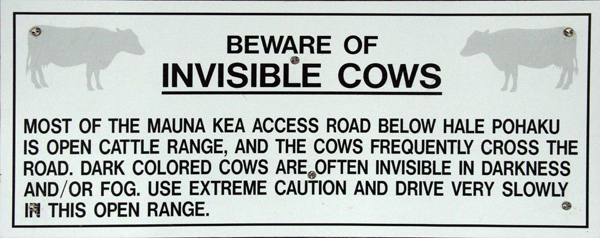
Continuing on up the volcano, one of the first buildings to be seen had this van sitting next to it. Check out the title on the side of the van… “Mauna Kea Observatories Emergency Evacuation Vehicle”. Initially a reminder to me that we *are* on top of a volcano that could, at some point come back to life given the close proximity to active magma flows. However, its use is primarily intended for any individuals that may get hurt or require medical intervention up on the mountain as helicopters have not always proven to be a reliable evacuation solution.
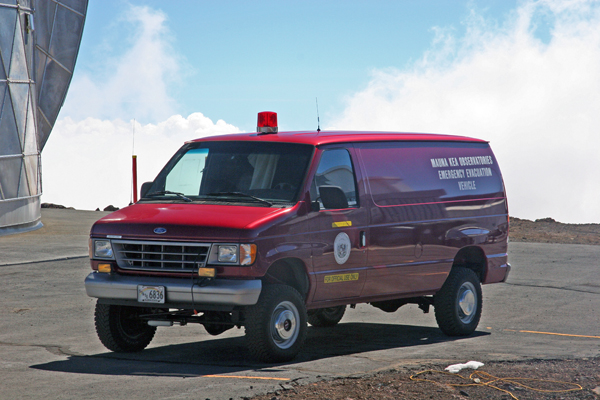
Up on the top of Mauna Kea, the amount of flux is pretty impressive making camera exposures difficult. Also being up that high exposes you to lots of UV radiation, so wear your sunscreen and don’t cheap out on your eye wear.
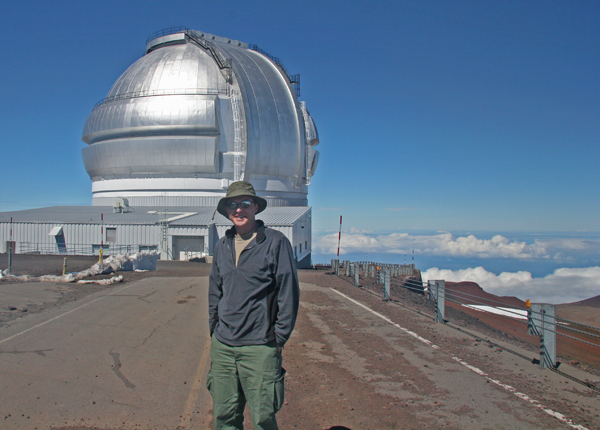
There were surprisingly few people up there which is a relief I am sure to those that work on Mauna Kea, but we did see some locals that had driven up in a couple of pick up trucks with music blaring to load up the back with snow to take back down to the beach. The only other people up there was a family climbing up one of several cinder cones at the top as most of the astronomers were likely down the mountain sleeping until dusk.
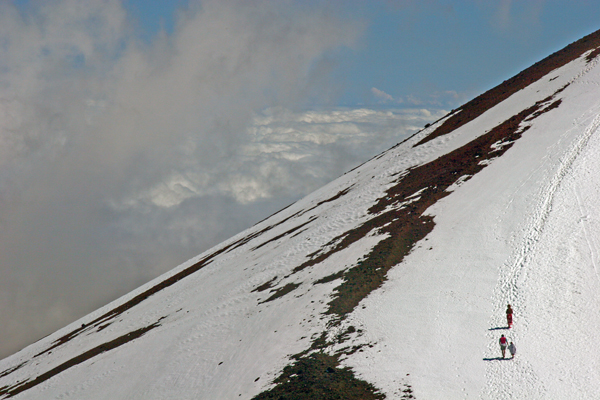
Telescopes are placed up here because the location is unique. The pacific ocean surrounding the Hawaiian islands provides for thermal buffering in an isolated area with no other mountain ranges to stir the atmosphere. Additionally, the peak of Mauna Kea is at 13,796 feet which gets the telescopes above much of the atmospheric haze and water in a location that is isolated from light polution.
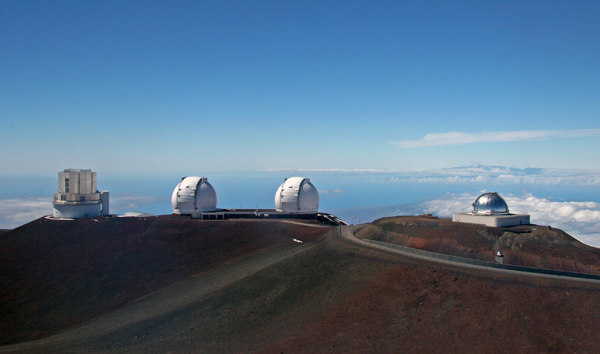
From left to right we have the Subaru telescope, the famous twin Keck telescopes in the middle and the NASA Infrared Telescope Facility on the right. In the distance, you can even see the neighboring island of Maui. The Subaru telescope saw first light back in December of 2000 and derives its name not from the industrial company, but from the Japanese name for the Pleiades star formation. The Keck telescopes were one of the first
composite mirror scopes and comprise two 80 foot tall domes and weigh 300 tons each making one wonder about the amazing logistics of building these things up here. Additionally, the Keck telescopes possess an impressively broad array of instruments as well. The NASA Infrared Telescope Facility is a 3-meter infrared optimized telescope that is operated by the University of Hawaii, Institute for Astronomy, for NASA. The telescope in the introductory image at the top is the Gemini Telescope who’s twin is in the southern hemisphere in the Chilean Andes at a place called Cerro Pachon.
It was an amazing opportunity to visit a place that I’ve always wanted to see almost as a scientific pilgrimage of sorts even though astronomy is not my area of research.
